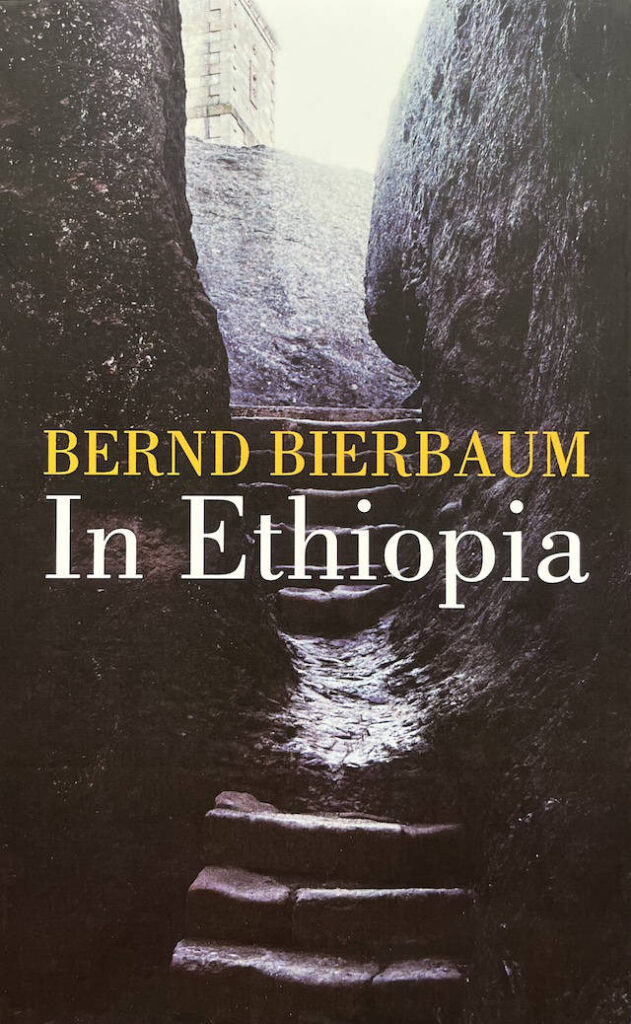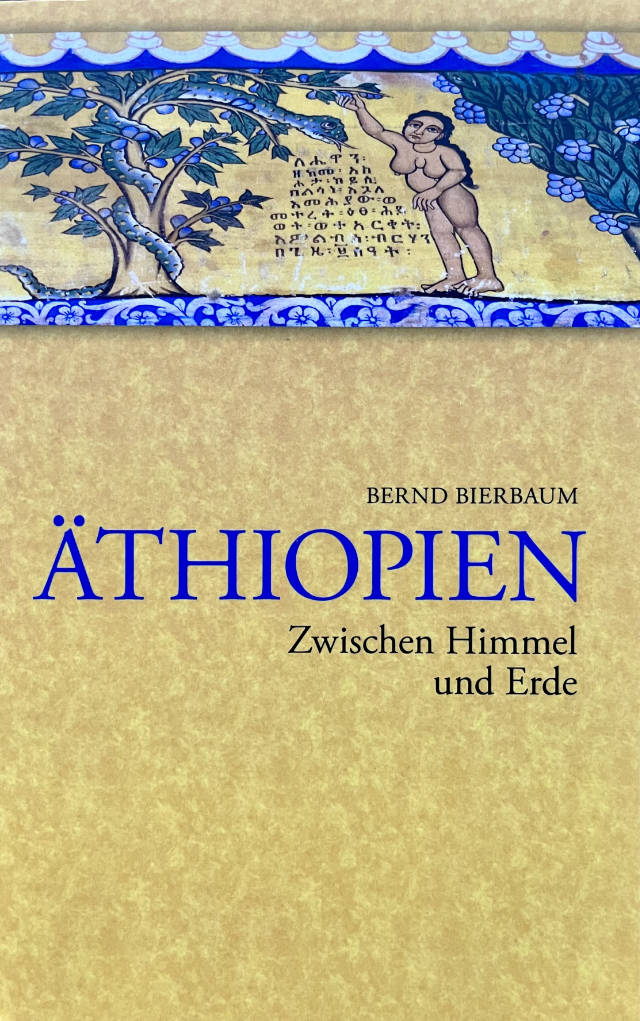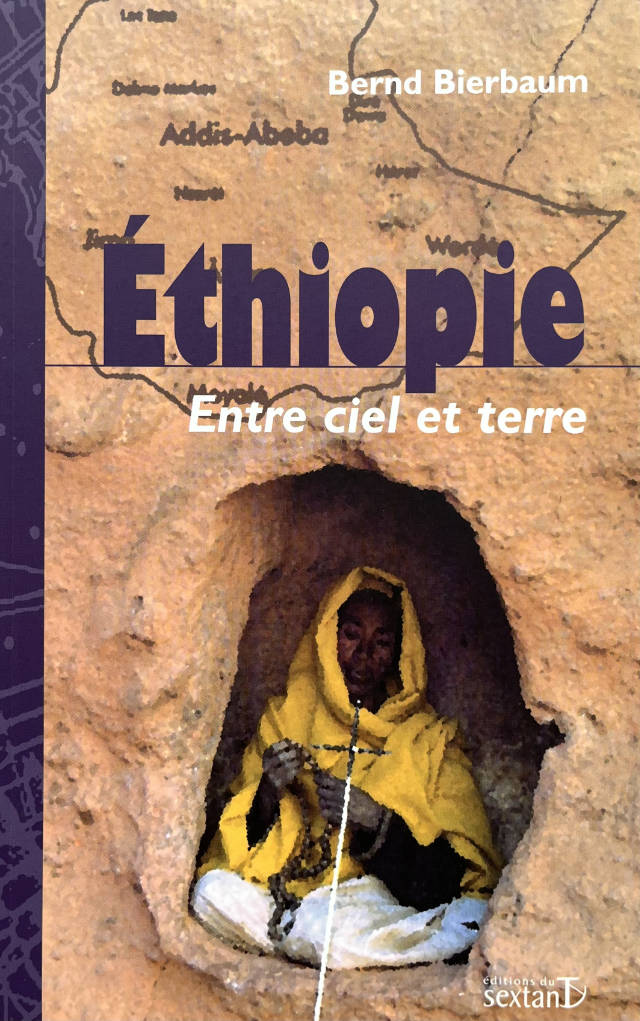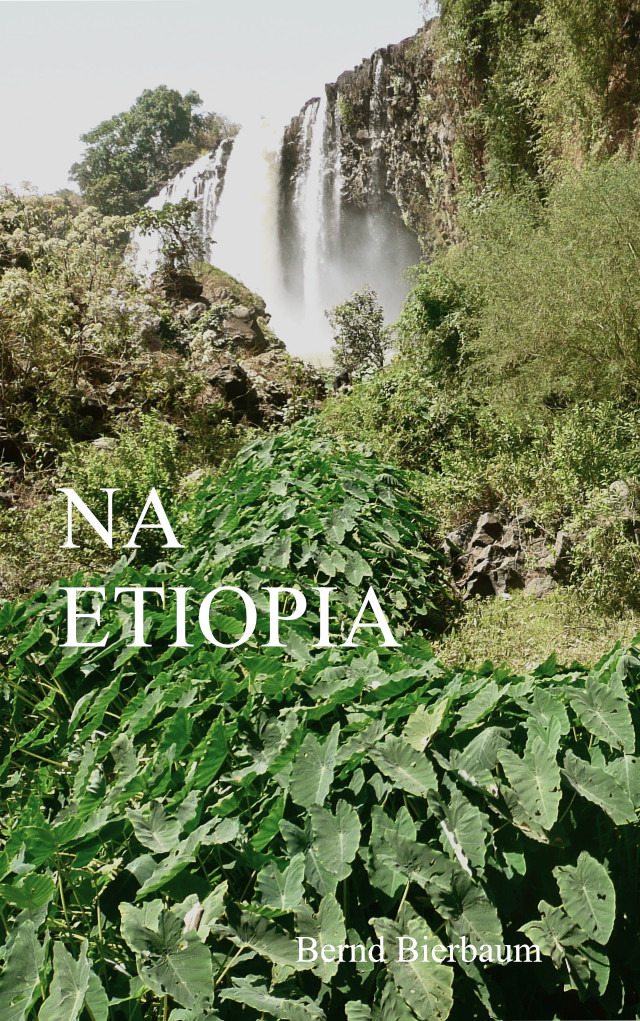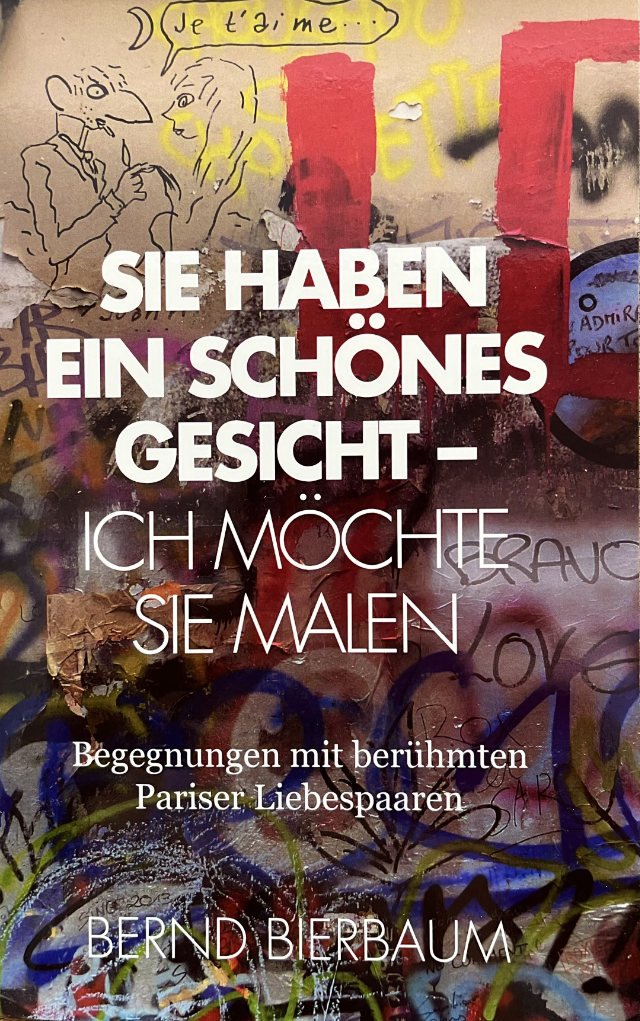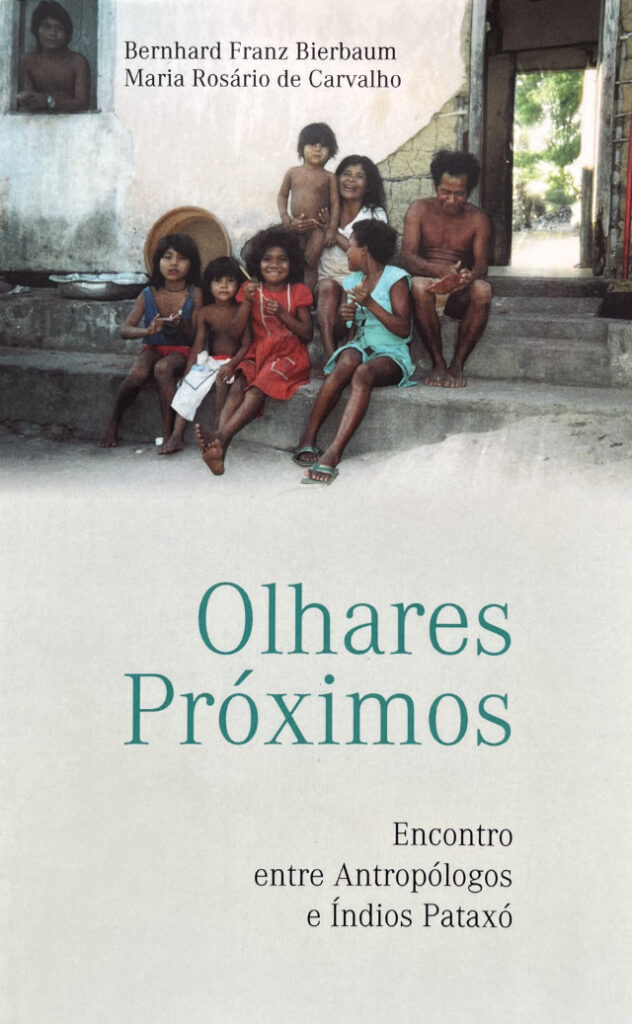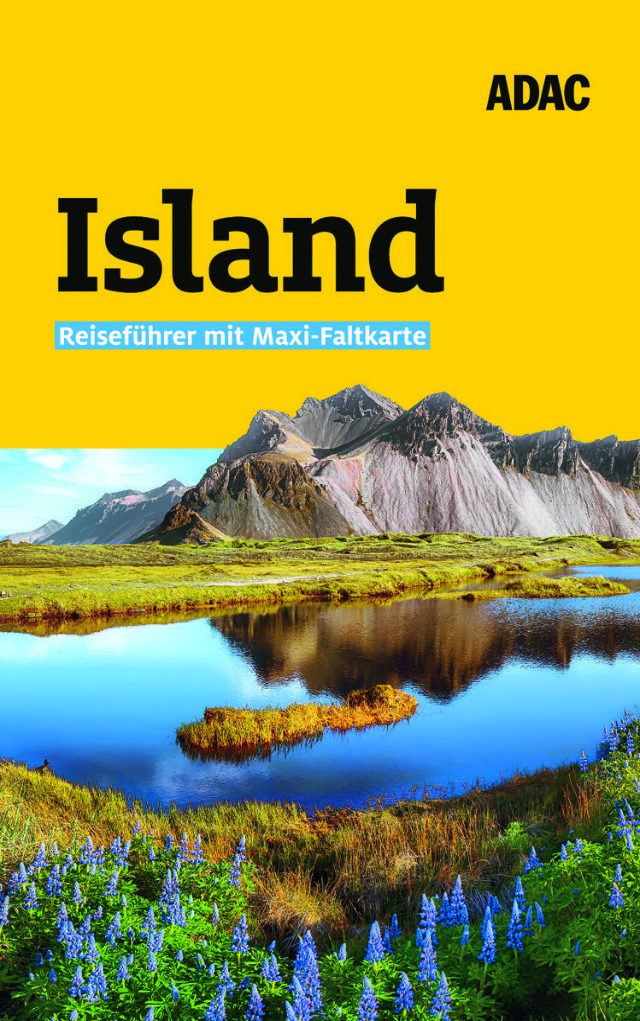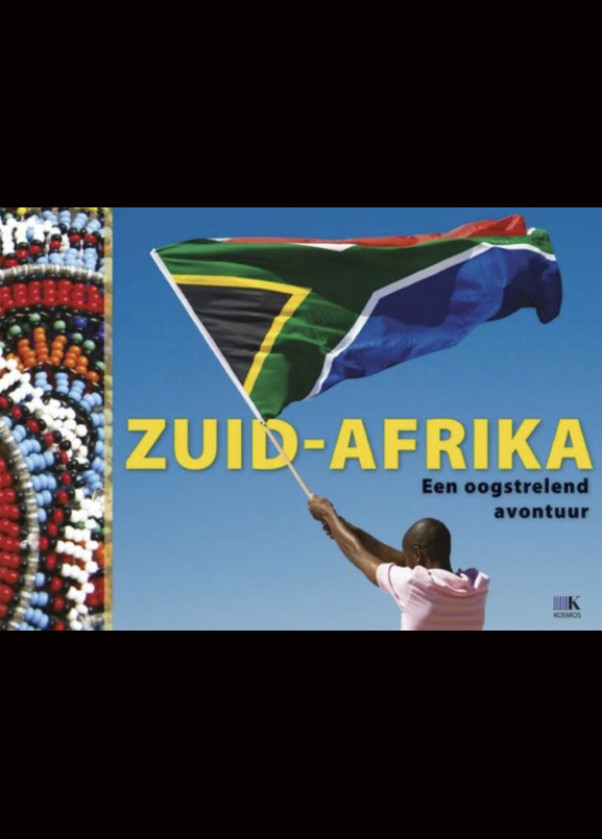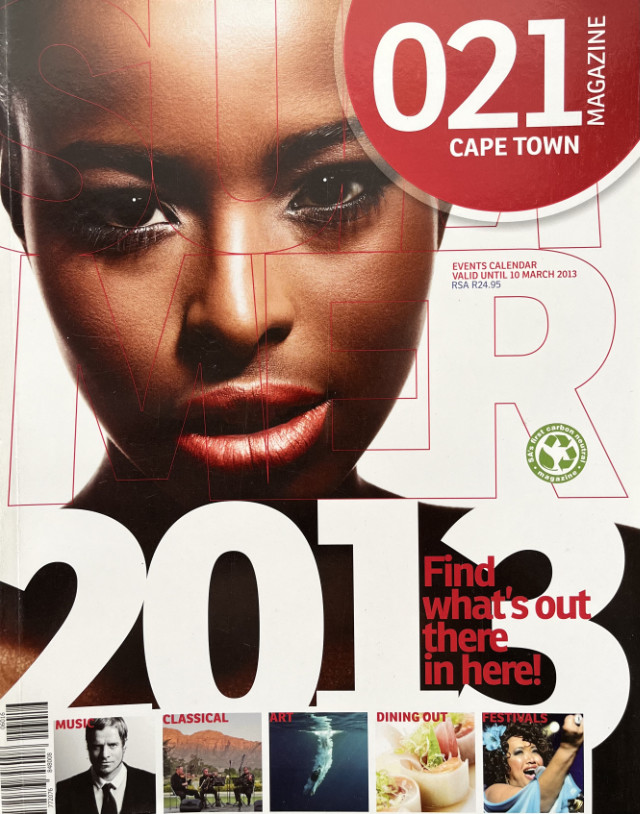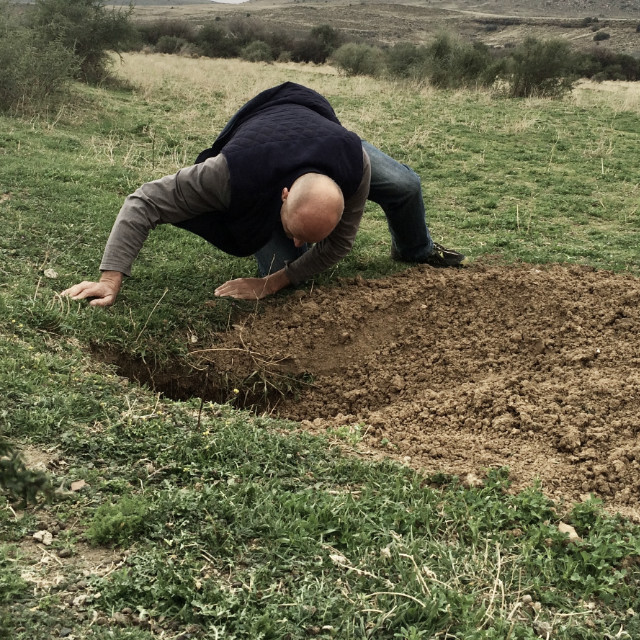Bernd Bierbaum
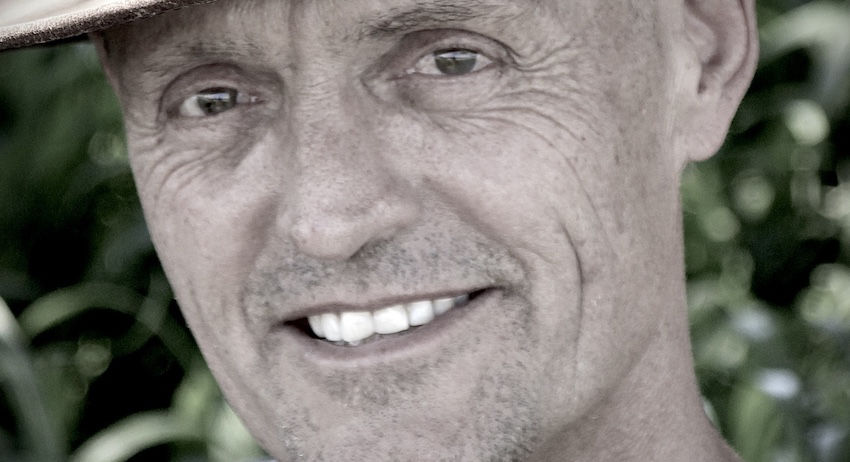
«Bierbaum is travelling with open eyes«
ANDREAS OBST
Frankfurter Allgemeine Zeitung
Publications: Ethiopia
«Refreshing, poetic and written with deep knowledge»
(ARTE TV, Paris)
More Books
“It’s not the sensations he is after but the stories that reveal themselves on the side of the road. He also doesn’t shy away from terrible things. It’s this frankness that make his accounts so likeable.”
F.A.Z.
Publications as Co-Author
«Literature is the most agreeable way of ignoring life»
Fernando Pessoa: The Book of Disquiet
Editor of 021 Magazine
Lifestyle- and Culture Guide in Cape Town 2009 – 2013
Other Writings
Aardvark! | 2021 |
Malawi | 2022 |
Hunting Auroras | 2012 |
Walking on Water | 2013 |

POLE POLE
Kilimanjaro, March 2024
I grew up in the shadows of Brocken, Northern Germany.
A broad peak covered in snow. A still and serene apparition, unwavering, while in spring the lowland beech forests, orchards, and meadows of flower burst into psychedelic colour and intoxicating fragrance.
To explain Brocken’s geological history, our school teacher claimed that “once upon a time this volcano had extended upwards to 6000m in altitude, as high as Kilimanjaro in Africa”, before eroding down to a mere 1142m.
Everyone called Brocken our Hausberg, or house mountain, because we could so easily see it, from everywhere. Its sight was a reassurance, its massive structure heavy and Untouchable. Equally off-limits to me as Kilimanjaro, it was part of an exclusive Soviet military zone. No one else but them had access. On 3 Dec 1989, a couple of hundred people climbed up to its top, the first time civilians were allowed to do so in more than a generation. I was one of them.
There is another connection with Kilimanjaro, because of my grandfather Erich. A traveler at heart, he had already made his way to places like Oregon, Panama, Borneo and Sumatra before the age of 24. At 27 he decided to leave Nazi-Germany and start a coffee plantation on the foothills of Kilimanjaro, or at Mt. Cameroon or in New Guinea. I don’t know what triggered his selection, but the three destinations had once been part of the German colonial empire. The same one that had triumphantly called Kilimanjaro the highest mountain on German soil. Maybe the German connection made the plan more enticing to him. He wasn’t really fluent in foreign languages. Or it made the idea more palpable to others. Or whatever.
In any case, he asked his parents for a payout of his inheritance money, bought all necessary tools and had them delivered to a harbour, ready to be shipped overseas. However, time was not on his side. Shortly before the scheduled departure, the Hitler regime stopped emigration of all German nationals. Stuck, unable to leave, Erich married Theresa, my grandmother, then went to war, was captured by Soviet soldiers and only returned from a Siberian prisoner of war camp when my mom had turned 8 years of age. The equipment for the coffee plantation was never retrieved, nor any of the inheritance money.
What his later life lacked, he made up by telling stories. Exhaustively, as some family members claimed, he would use Sunday family-get-togethers to talk about his East African venture. No wonder that Kilimanjaro became an established beacon on the borderline of my world.
Today, with Erich and everyone of his and the following generation gone, the single remaining physical leftover of his dream is a 1911 edition of a German Swahili dictionary by a linguist with the name of Carl Velten. I flipped through it the other day and found that “kimondo cha nyota” means shooting star, and that “kilele “is the top of a mountain or tree.
PREPARATION
I decided to go to Kilimanjaro five days before departure.
I didn’t need more time to consider. The mountain had been part of my life, seemingly forever. I knew it would eventually happen, and when it did, it was a fast go. The right time had come.
Why?
There was the prospect to immerse myself in the beauty of the mountain. To do some challenging hiking. To be with real professionals. I was enthralled by the idea to spend six days with people who had been up and down that mountain hundreds of times. Surely they could teach me a lesson about myself, my mind and body that would otherwise escape me.
The rather sudden decision meant that I had little time to read up on hiking trails, on high altitude sickness or on the best possible equipment. Instead I bought a thick sleeping bag and a headlamp, stuffed jogging pants and some sweaters in a day pack, and set off.
EXPERTS
I’m not an expert on travel. I usually read up on the destination when I’m no longer there and always prefer a good story to a good plan.
To be under-equipped is part of a spiritual contract I sign with my intention for a fortuitous outcome. The wonderful creator of unexpected pathways asks me to carry less even if that means that I might lack something.
I’m not into gadgets. I don’t want things to be too easy. I want to give madness it’s space, look at it and say I don’t care what it might do to me. My mantra is “I don’t mind”. In a curious sense.
No wonder then that I usually end up traveling on my own. Who would be so crazy as to subscribe to my philosophy? The kind of perfection I look for is unexpected and reveals itself in chapters, rather than in instant gratification. If there is a prolonged delay, find me under a shady tree, clipping toenails or writing poetry, or in a bar chatting the night away with strangers. Nothing to eat, nowhere to sleep? Not my problem. My body can rest anywhere and I can fast. Rainy season? Malaria prophylaxis? Civil unrest? Ask someone else. Ask the experts.
APPROACH
The flight from Nairobi to Kilimanjaro is short. A high cloud concealed the mountain’s top. I liked that.
Closer to the ground, the view blew my mind. I had never seen a free standing mountain of this size. The top was snow covered and looked surprisingly steep.
I was welcomed (“Karibu”) at Panama Hotel in Moshi the day before departure. There were seven of us: Joseph my guide. Everyone called him Rastaman. Of small stature, he has lots of braided hair, a big easy smile, and summited (a new word) 150 times in the past 12 years. Abu, the cook and four porters, Flora, Jackson, Justin and Godbless, each to carry 20Kg. That was not my doing, because I only had a total of 10, but there was a tent to carry, a mat and food. It’s all government regulations, I was told. After that I quickly stopped feeling guilty.
I spotted a map of Kilimanjaro in the hotel lobby and asked Joseph to explain our route. He cruised his finger from one camp site to the next and then to the summit. When he was done with his explanation in less than 30 seconds, he noticed my bewilderment and said “Forget the details, it’s all about the mountain within yourself. That’s the one you came here to conquer.”
Did I?
JOSEPH’S LESSONS FROM THE MOUNTAIN
- Be precise, pack all things tight and be on time, be before time. This is not so much because of yourself. People will doubt you less.
- Stick to the plan. Once the plan is exercised there is always room to play.
- The mountain brings out whatever crazy there is in you. Out of nowhere, some people might start jumping or screaming, no one knows. Down here, we are stuck in crazy too: things we should wear, things to say, things to trust or not. We are far away from who we are done here. When hiking up, we might get away from the crazy. Or we might get a lot closer to it. You will see.
- Up there we don’t know how we react to the conditions. It’s a bit like being on the receiving end of a mugging. Or of sudden death.
- The job of the guide is to assess. If there is the possibility of crazy, I stay close. If I notice a problem, I don’t talk much about it. I don’t make it a topic. I stay with my knowledge, carry it and wait for things to happen.
MOSHI TOWN
Pleasant with lots of trees and shops, decorated traffic circles with sculptures of angry looking soldiers, big statues of rhino or a big heap of concrete that was made to look like Kilimanjaro. Schoolchildren held by their elders on their way to school, engine driven rickshas and sporadic remnants of colonialism: A crumbling High Commissioner’s Office, a big globe of the world with Denmark painted across the island of Greenland, Bundesliga games showing on big screens at the bus terminal — symbols of life happening in other places and times. Bars, plant nurseries, a couple of churches.
ASCENT (1)
Starting in rainforest, slowly making our way up into shrubbery, over barren rocks and finally into snow. Biodiversity as its best. I had chosen the six day Machame trail. Averaging five to seven hour hikes, starting early, taking a nap after late lunch before going to bed early. There were lots of individual travellers. There were fathers with one grown up child. Also one large group of women from France.
I saw a pregnant Kilimanjaro two-horned chameleon, the endemic bright red Kilimanjaro impatiens, the not so endemic pink ones, blue orchids, red mountain gladiolus, a yellow protea kilimandscharia, red-hot pokers, lots of lichens, everlastings and towering lobelias. In the rainforest colobus monkeys danced through the canopy while ants carried their eggs in lines that were curved or zigzag. In the alpine zone four-striped grass mice darted about between the rocks. Further up white-necked raven chased raptors.
ASCENT (2)
While ascending I reached the altitudes of some earlier mountain tops of mine. The one common trait would be that all of them were reached by wearing jogging shoes— the DNA of my non-expertise, dominant for a lifetime:
2469m, Galdhöppingen, (1993). Highest mountain of Scandinavia. I walked to its top crossing deeply crevassed glaciers
2623m, Piton de la Fournaise (2017) in La Reunion Island, an active volcano within a large caldera, frequently erupting
2681m, Yemrehanna Krestos (1998), a 12th century church on a hillside above the Ethiopian town of Lalibela
2,860m, Vilarrica. (1987). A stratovolcano in the Lakes Region of Southern Chile covered by glaciers. At the time it’s lava lake was active, illuminating the night-sky.
2885m, Marapi, (1986). This «Mountain of Fire» in Sumatra is not far from the town of Bukkittingi, capital of one of the world’s largest matriarchal societies. Just in December 2023, the volcano erupted again, killing 23 climbers.
Day 2
Entering the heather forests, advancing past waterfalls and stepping into the world of lichen and rocks on the way to Shira Cave Camp. Step by step I caught up with other altitudes previously recorded:
3069m, Piton des Neiges, La Réunion (1995). The highest mountain in the Indian Ocean, its peak rarely receives snow. I loved the crunchy sound when crushing little ice crystal with the soles of my shoes
3776 m, Mt Fuji (1983). I spent three months hitchhiking in Japan in winter and early spring that year. Scaling Mt Fuji included traversing several toriis, or spiritual gates. By the time I reached the top I was alone. The best was glissading downhill through snow-filled ravines,
sitting on my bum
3805m Kerinci (1985). Another stratovolcano, this time in a remote area of Central Sumatra. At the time locals had warned me of tigers still roaming freely. I liked the idea of seeing one- it didn’t occur to me that they might pose a danger. I walked up all day and night and spent a couple of hours on the crater rim before descending. By then the ground was starting to tremble, an earthquake. Rocks around me fell off and one side of the crater rim broke down.
4095m, Kinabalu, Borneo (1996). The highest mountain in South East Asia and the 20th most prominent in the world. I left the camp at sunset, walked all night and returned at 9 the following morning. I had no map but the full moon was out, offering its light of where to go
4167m, Mt Toubkal (1981). The highest mountain in North Africa. On the way back down, exhausted, I opted for a detour to a little waterfall to refresh in a natural shower. I went in naked, only to find dozens of hungry leeches clambering tight all over my body
Day 3
Today’s highest point was Lava Tower (4600m) before dropping below 4000m at Barranco Camp, a place surrounded by prehistoric looking afromontane lobelias growing near a waterfall.
Day 4
It had been a cold night. Criss-crossing Barranco Wall, puddles were frozen. There was a thundering rockfall, similarly in sound to that of a thunderstorm approaching. Joseph explained: “Rockfalls occur more often now that glaciers are melting, the whole mountain becomes unstable”. Later, Samuel, a young geographer, added that the melting is caused by diminishing precipitations in Eastern Africa. “There is just not enough snow to turn into ice”.
This day was also the last garbage-picking-day Joesph and I engaged in. Not that we found a lot. The mountain is relatively clean. For one, an anti-plastic-bottle campaign had been enforced by the Tanzanian government just before Covid, and an NGO had paid porters to take all the rubbish from the mountain. The things dumped on the lower reaches in recent times are mostly lollipop sticks and candy wrapping, left behind by porters. That’s what Joseph and I went after. Further up things got nasty as hikers, for whatever reason, prefer to throw away their tissue papers. We left it to that. As I said, it was nasty.
SLEEPING ON THE MOUNTAIN
To acclimatise, we hovered around the 3300 and 4200m mark before spending a night at Barafe camp at 4600m.
I love to sleep on a mountain, under the night sky, no matter the altitude. Two such incidents come to my mind, although both of them are no longer legal and / or strongly discouraged: the first involved sleeping on top of Mt Stromboli. At the time a traveler’s party spot, the crater’s rim was a great place to watch the volcano spew away molten lava pieces, even though they frequently crashed down alarmingly close to where we were camping. This was back in February 1991. No wonder they later closed the place.
The other was lying stretched out in a natural rockpool on top of Ayers Rock in 1995, watching the stars. The water was lukewarm from the heat of the day.
THE BIG DAY
Barafo camp is a transit point for the restless. Lots of people come and leave. After dinner, the place had fallen silent into an uneasy and short sleep.
I woke up around 11pm with the strong sensation of having been there before. In this very sleeping bag, in this very tent, with this very anticipation of climbing to this very summit.
I brushed the deja-vu aside and was on the trail by midnight, just like everyone else.
This was the night when all the gear was needed: headlamp, rented gloves and a lot of warm clothing. Body heat was fast loosing its battle against the relentless drop in surrounding air temperature.
5375m, Chacaltaya Ski Resort, Bolivia (1987). Not much hiking. Instead I took a bus from the Bolivian capital to the then world’s highest ski resort. At the time there was a glacier. Scientists predicted it would be gone by 2015 but by 2009 it had already melted into oblivion. Today the ski resort is abandoned
5400m
There is a gap in my consciousness between 5400m altitude and 5600m. I realised that all the thoughts that had accompanied me up to this point were no longer. It was totally quiet inside. Breathing, moving forward, step by step! Nothing else could occupy my brain, nothing annexed, attached or expressed itself. It was an exquisite and deeply peaceful state. I simply breathed and moved.
5600m
At this point something began to go wrong. I couldn’t feel my legs. Worse, they no longer felt like part of me. My balance was gone. I had begun to move about like a precarious stick insect. Noticing, my brain came back and announced the possibility of long term damage. It’s always such an alarmist one.
This was surely the moment when small words or gestures could have mattered. A reassurance, a “well done so far”. My brain wouldn’t give me that, and nor would Joseph. Instead he got annoyed with me, demanded me to “Go on Faster!” and reassured me that we had “long passed the point of no return.”
These were not the words I wanted to hear. I now knew I had to overcome the mountain, the mountain within myself, and on top of it some reflection of what was part of Joseph.
SUMMIT
Pretty much everyone else I had overtaken earlier that night had now crawled back or even snailed past me, a few offering me a hands up. I tried to smile. Meanwhile porters sang their clients up the mountain, or gave them a hand. There was a constant reiteration of Pole Pole (slowly), Jambo (hello) and Hakuna Matata (nothing to worry). The guide of the French group saw me and asked if I had taken his advice? “Which advice?” I mumbled. “The high altitude pills, of course, have you forgotten?” Oh yes. I remembered that earlier he had advised me to take them. I hadn’t pursued the topic, probably because he had sounded like a dodgy drug dealer at the time. “No”, I replied, short of breath. His look signalled pity for my self-imposed misery.
Meanwhile my best buddy, my brain, was all firing again. It wanted to know where exactly we were on this crazy journey. Thankfully it also gave me the idea to fall back into the trance of breath and step by step and it worked. At one last rest, my phone indicated that it was only a 260m distance to Stella Point. A nice name, comforting, motherly somewhat. A place on the rim.
Just as the sun was rising, I got there. The light was transcending two metre long ice flakes blown around boulders. There were vertically growing glaciers the size of trucks and others of ocean liners. Icicles grew through the roof of a cave. It was all weirdly beautiful and unexpected. I could see the large shadow of Kilimanjaro itself thrown against the sky ahead of me: Kibo crater is a smooth fantasyland with snow covered valleys and craters, strangely reminiscent of an immaculate body, animal or human I’d like to get close with. And momentously huge, indeed a proud roof of Africa. There was an overwhelming sense of elation to be part of this.
THE WAY DOWN
The best was still to come. After descending 2500m that day and staying in a camp at the edge of a moorland, the last day consisted of manouvering a slippery soggy trail in rainforest with old running shoes that had lost all profile the previous days. Difficult terrain, difficult gear.
I love trail running, know of imminent danger, yet sometimes I believe there is also the need for some madness, a responsibility to veer off from virtue for the sake of virtue — to succumb to the thrill. This morning, my response was to take charge of a growing stampede of mad porters flying downhill across roots, deep smeary puddles and loose rocks. The faster we went, the shorter our demise on earth. Laughingly, we grew wings. We were beginning to touch immortality.
I like to believe that life enjoys such extravaganza and makes sure everyone is safe. Physical risk is a footnote, and a fine line: If the favour is taken for granted, heaven collapses.
One guy kept close. Later I found out that Albert is 60 and has “summited” more than 500 times — a life time with the mountain. His recipe? “None, I’m just lucky to have these feet”, he said.
At the end of the trail, we all hugged and congratulated each other, in a sweaty affair including of course Joseph. For the mad run, — we knew we had been outrageously irresponsible, — but also acknowledging the exceptional time we had had on the mountain, away from distractions, a time shared in camaraderie.
After that there was only one more thing to do. When a clean rainforest creek appeared, I went all in and fell to my knees, expressing my elemental gratitude. Then lay down and let the cool water rush over my body.
When I opened my eyes again I picked out a giant banana slug that moved indiscriminately slow up a tree, eyes poking out.
That had been me, a day before, advancing to Stella Point.
Step by step.
Pole Pole.

